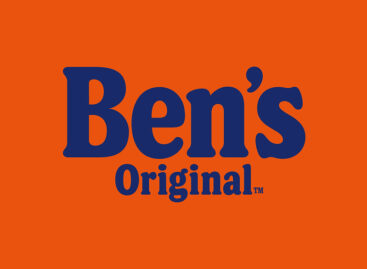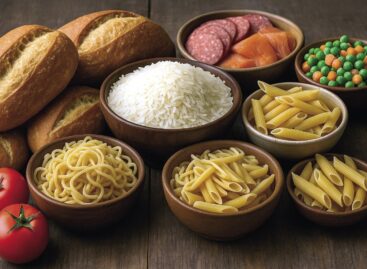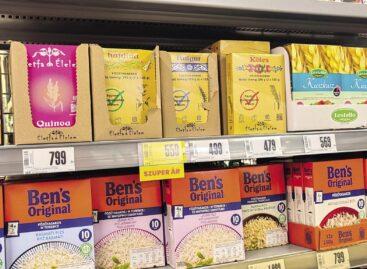Rice moves up a category
The first half of 2023 was about the momentum of the post-Covid boom, but the second half was about making consumers accept the price increases – in many cases this failed and sales volumes took a dive.
This article is available for reading in Trade magazin 2024/6-7

Dr. Imre Tímár
managing director
Tanner Trade
“This year the runaway inflation has slowed down, so we see converging consumer prices once again and sales are slowly picking up”,
reports Dr Imre Tímár, managing director of Tanner Trade Kft.
With that said, rice prices are higher in all categories compared to last year and the price level is expected to remain stable in 2024. Due to high input prices, the volume of domestic production is decreasing and the share of imports is increasing. Currently domestic production accounts for about 20% of consumption.
Diverse product selection in every retail channel
Changes in demand have two sides: increased prices naturally favour cheaper, lower quality products in the short term. At the same time, as demand for rice rises not only in the domestic market (currently the average consumption is 6.5 kg/person/year) but also worldwide, there is growing interest in more special products. Hungarian retail has recently followed the surge in demand, with a diverse selection of rices now available in the different retail channels. There is a growing buyer base for value-added products such as basmati rice, which has a lower glycaemic index and can even be consumed by diabetics. Tanner Trade Kft.’s latest product will be available in a textile bag – in brown and basmati rice varieties too.Their products includes basmati rice, basmati kernel rice and Arroz Brazal rices (Maratelli rice, brown rice).
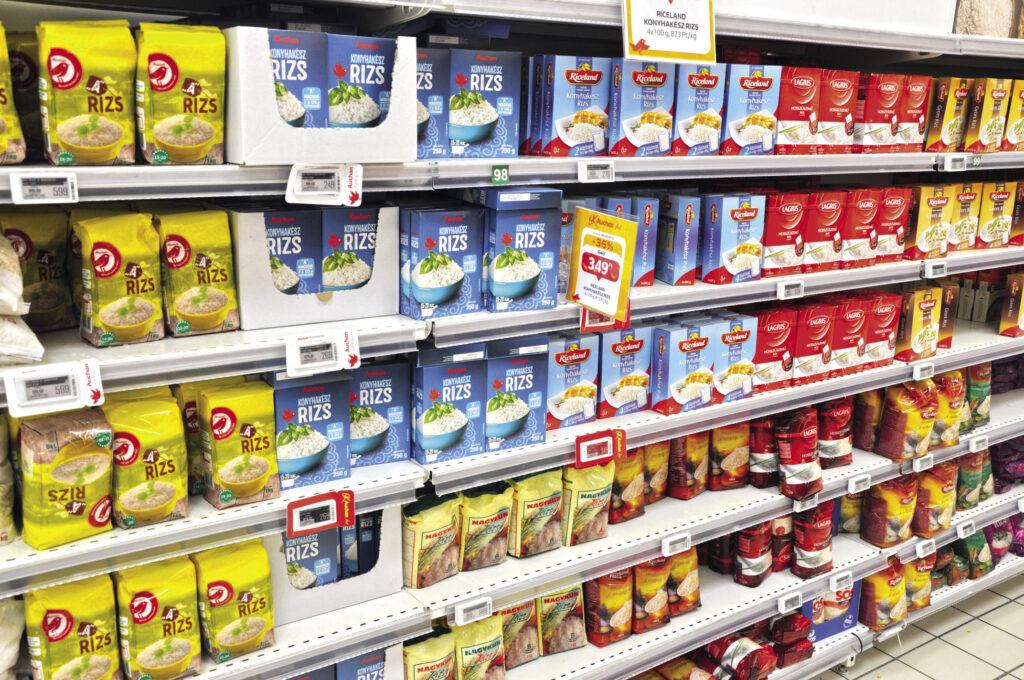
Rice prices are higher than last year in all categories and are expected to remain unchanged this year
Companies are delaying new product launches

Mihály Bencs
managing director
Riceland-Magyarország
Mihály Bencs, managing director of Riceland-HungaryKft.:
“Although there have been positive changes, it is still difficult to launch new products in the market at this stage. Inflation has held back volumes sales, which affects the return on investment in new product launches”.
The company is also delaying the development of new products, but in the longer term they are thinking of promoting international cuisine. At the moment they are mainly using social media in their marketing work, plus they are in negotiations about in-store promotions with several chains.
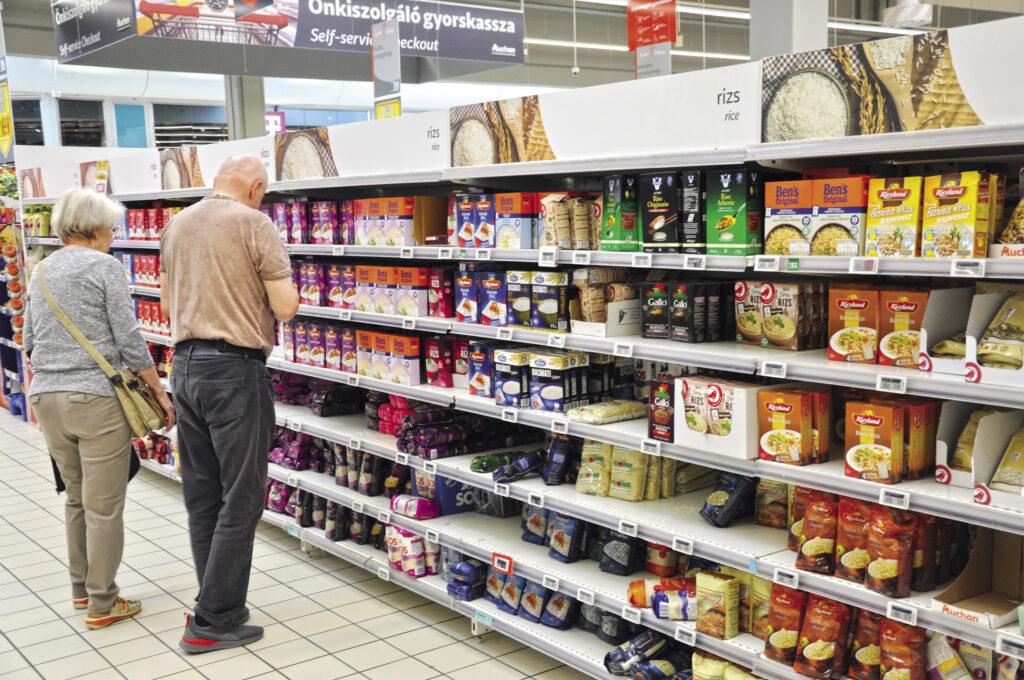
There is a growing interest in special products with increasingly eye-catching packaging and reliable quality
They need to react at all levels
Fruzsina Valentinyi, managing director of Valoryz Production Kft. calls our attention to the introduction of the EPR fee last summer, which she believes was ill-considered. Consumers are open to new things and it is worth monitoring them constantly. This is why the company has started growing and processing an already forgotten type of grain.

Valentinyi Fruzsina
ügyvezető
Valoryz Production
“The winners of the current changes will be products that require little inputs and are drought-tolerant, so that they can produce good yields and be sold at good prices”,
explains Fruzsina Valentinyi. Valoryz will come out with two new products this summer, which are linked to valoryz rice. The company has also launched its Responsible Food Hero programme, educating primary school children about why they should buy Hungarian, seasonal food. //
Rice on the plate
According to the GfK Household Panel survey, in the 12 months under review 85% of Hungarian households bought rice, on average about every other month, spending HUF 841/month on the category. While the average price of rice was HUF 522/kg in February 2022, in the year leading up to February 2024 shoppers had to pay 51% more, HUF 788/kg.


András Kuntner
business development
manager/retail
GfK
As regards the types purchased, more than half (51%) has been bought from the cheaper A and B class rice, 26% from long grain and 21% from premium varieties (Basmati, Jasmin, etc.) – the only ones with a sales increase, around plus 20%. The market share of brown rice, although down by almost a third in volume terms, has remained stable at 2%.
Among retail channels only discount supermarkets were able to increase their share in rice sales. The average price of private label (PL) products has increased more than that of the branded rice: the price of the former was up 41% by February 2023, while that of branded rice grew by only 23%. In the one-year period to February 2024, the price of PL products continued to rise, albeit at a lower rate, by 16%, while that of manufacturer brands grew more modestly, by only 4%, partly due to increased promotional purchases in the period. //
Related news
Mars to close factory in Belgium
🎧 Hallgasd a cikket: Lejátszás Szünet Folytatás Leállítás Nyelv: Auto…
Read more >Global front lines on the food essentials market: beyond bread
🎧 Hallgasd a cikket: Lejátszás Szünet Folytatás Leállítás Nyelv: Auto…
Read more >Rice: the category is waiting for prices to soften
🎧 Hallgasd a cikket: Lejátszás Szünet Folytatás Leállítás Nyelv: Auto…
Read more >Related news
New Year’s Eve: shortened opening hours in stores – general store closure on January 1
🎧 Hallgasd a cikket: Lejátszás Szünet Folytatás Leállítás Nyelv: Auto…
Read more >Tejföl is only a name for live flora: new categories for sour dairy products will be introduced from 2026
🎧 Hallgasd a cikket: Lejátszás Szünet Folytatás Leállítás Nyelv: Auto…
Read more >Sausage prices before New Year’s Eve: cheap entry, expensive premium – how big is the gap on the shelves?
🎧 Hallgasd a cikket: Lejátszás Szünet Folytatás Leállítás Nyelv: Auto…
Read more >
